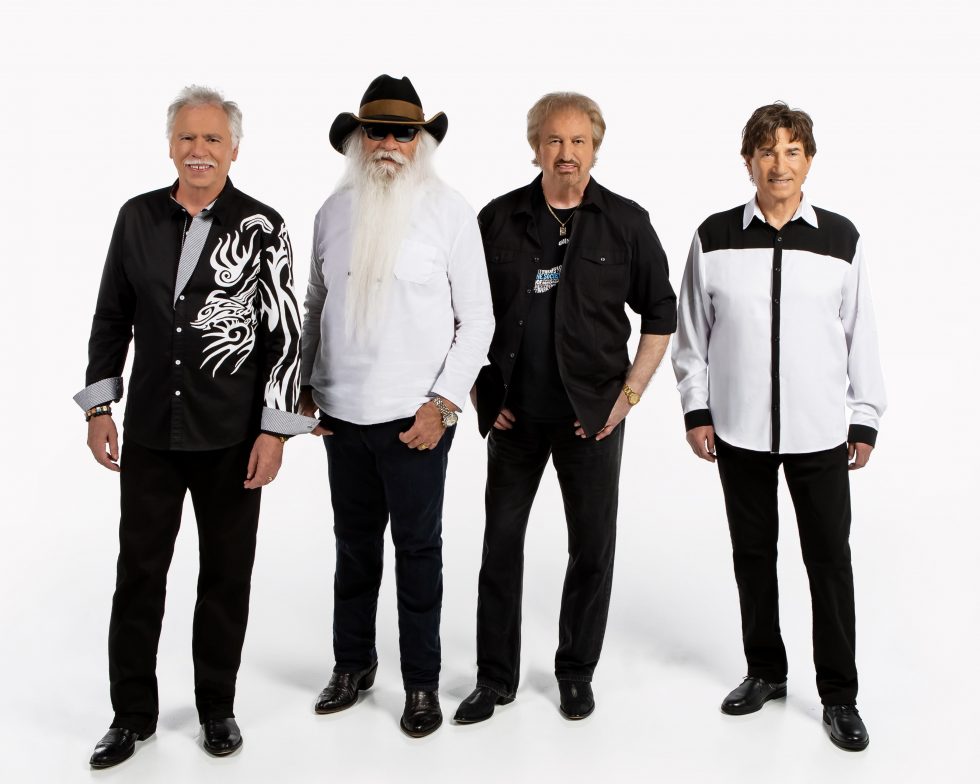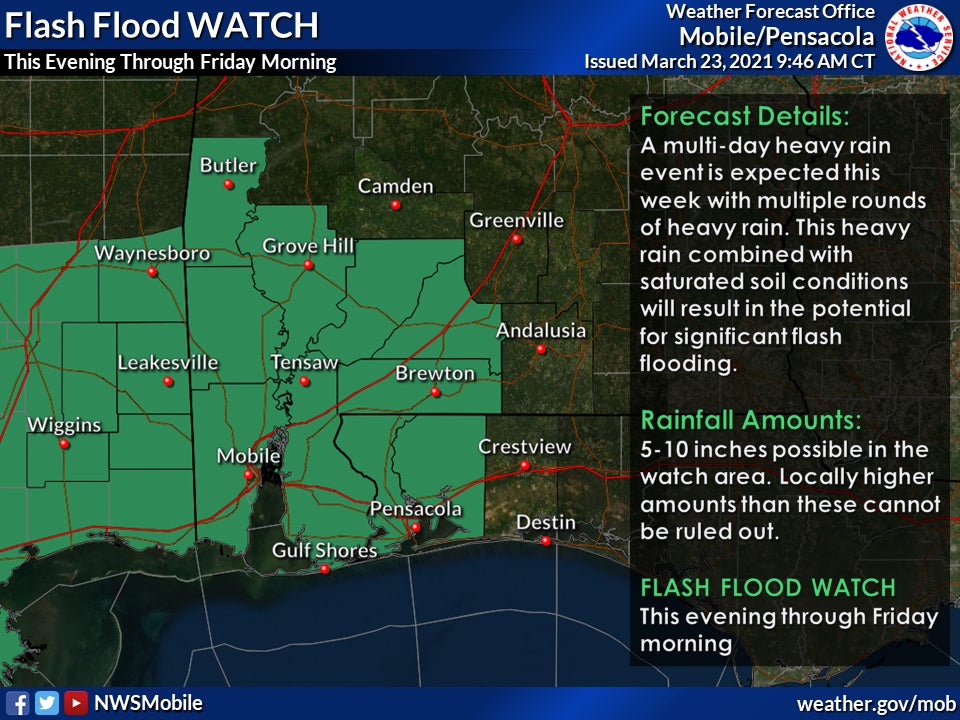Forgotten Trails: What happened at battle?
Published 1:20 am Wednesday, January 23, 2008
By Staff
I return to the account of Edley Franklin's battle of Burnt Corn Creek, originally printed in a summer 1951 edition of The Brewton Standard.
We left off where Curnells is having a conversation about the trade of an Indian girl.
“How will you trade?” he asked the man, and who's name was Jones.
Jones laughed and shook his head. “Are you crazy? Nothing doing unless you got enough boot.”
After much swap talk, Jones agreed to trade with Curnells after he offered him a half interest in the ferry.
The ferry partnership between Curnells and Jones lasted for many months, until Curnells sold his half interest to Jones. Taking the Indian girl Curnells left Claiborne and headed east over the Wolf Trail and settled at Burnt Corn Springs where he put up a trading post and became the first settler in that section. (Years later the U.S. government deeded him 640 acres of land, including Burnt Corn Spring, for valuable services rendered during the Creek War).
Among the settlements on the Alabama and Tombigbee Rivers there was Indian war talk. Some predicted that sooner or later the Indians would attack the settlers.
Spain owned Pensacola but had turned it over to the British, who wanted the white people killed or run out of Alabama. Being on friendly terms with the Indians they offered $5 for each scalp they collected, and to make war on the white people.
A fleet of British ships was anchored at Pensacola loaded with whiskey, food, guns and ammunition which was given to the Indians who paced it up the Wolf Trail and hid it away until Tecumseh, the big warrior, gave them the signal to wipe out the whites.
The famous Creek War was in the making.
Curnells' Trading Post at Burnt Corn Spring was a two-room affair, built of logs in a small clearing among the virgin pines and overlooking the famous spring. One of the rooms was used for trade goods and in it Curnells transacted business, while the other was used for living quarters for himself and the Indian girl, Mochee, his common-law wife.
It was nearing sundown on he afternoon of July 10, 1813. Jim Curnells was sitting in the doorway of his trading post, smoking his pipe, with his rifle across his lap. Bosco, his huge dog, half wolf and half cur, lay on the bottom step asleep. Quiet often, while sitting there along about this time of evening, Curnells had shot a deer that ventured down out of the timber to get water at the spring.
Over an open fireplace, Mochee, the Indian girl, was cooking supper. Smoke from the stick and mud chimney was drifting down into the hollow below the spring where it collected and settled like a blue veil.
The aroma of boiling coffee and frying venison floated out through the doorway. Curnells caught the odor, drew a deep breath, then relaxed. Something like a smile played around the corners of his mouth and twinkled in his eyes.
Curnells was at peace with the world - a lucky man and he knew it! Since establishing the trading post business had been good and was getting better, as more and more travelers came along the trail to buy and trade with him.
Curnells' thoughts were interrupted by Mochee coming out of the door with a bucket in each hand. He watched her slow, even steps as she walked down the path toward the spring. He had made a good trade down there at Claiborne. Besides being the most beautiful Indian girl he had ever seen, she was a good cook, quiet and easy to get along with - the kind of a woman a man like him needed in a wilderness like this.
Mochee was rather tall, with dark, velvet-like eyes. Her hair was soft, and black, which she wore plaited in two, long waist length braids in front, framing her small oval face. Her past was a secret, locked deep within herself. She went about her work with soft, almost soundless footsteps. She rarely ever spoke, and those dark eyes had a haunted look in them and yearning for something or someone far away.
Suddenly Curnells jerked the rifle to his shoulder. A big buck had walked out in an opening on the hillside above the spring. But before Curnells could squeeze the trigger he caught another movement from the corner of his eye, along with the sound of hoofbeats. The dog jumped up, bristling from nose to tall and growled, but a word from Curnells and he quieted down.
Indians - and the most Curnells had ever seen riding together - were coming down the trail from the east. In the lead was one on a big white horse.”
I hope you're enjoying the story from all of those years ago. I plan to pick back up on the story next week where we're leaving off today.
Until then, happy hunting!




